How to grow Stella d'Oro daylily – for easygoing, sunny blooms in borders and pots
Plant-care professionals share top tips for these pretty perennials, including advice on watering, pruning, and more
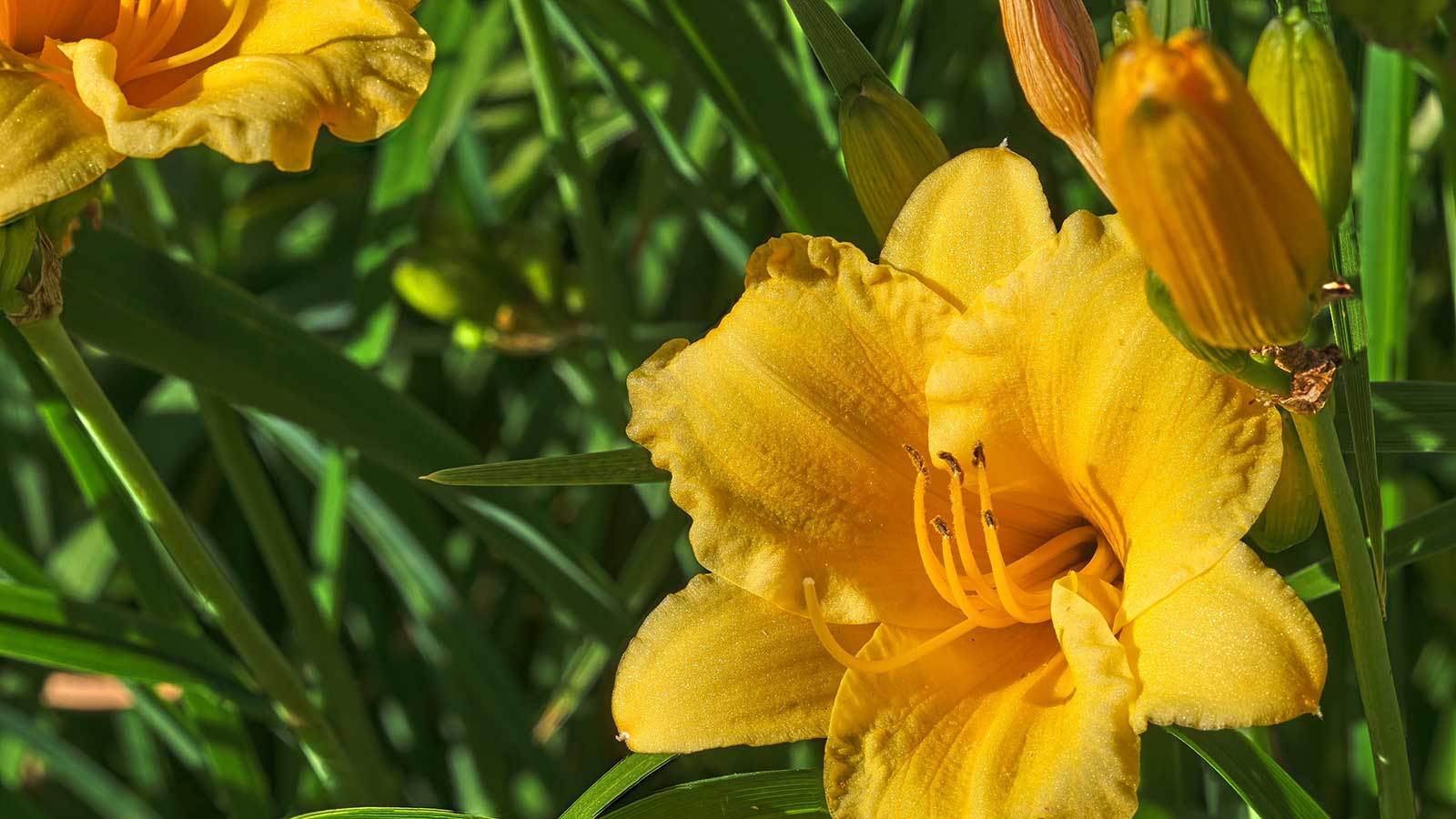

Stella d'Oro daylily is a spectacular plant, and unsurprisingly, a popular choice among gardeners. Its compact size and low-maintenance nature are all part of its allure, but the pièce de résistance is its repeated display of golden blooms, which first emerge in early summer.
Reaching up to around two feet in height, these daylilies are perfect for pots, where they will add a splash of sunshine-color to a patio. Their smaller stature means they work well at the front of flower beds, too – try pairing them with other hot tones for a sizzling display.
Like most daylilies, growing Stella d'Oro is generally undemanding, but there are a few things to bear in mind. Below, plant professionals share their top tips for success.
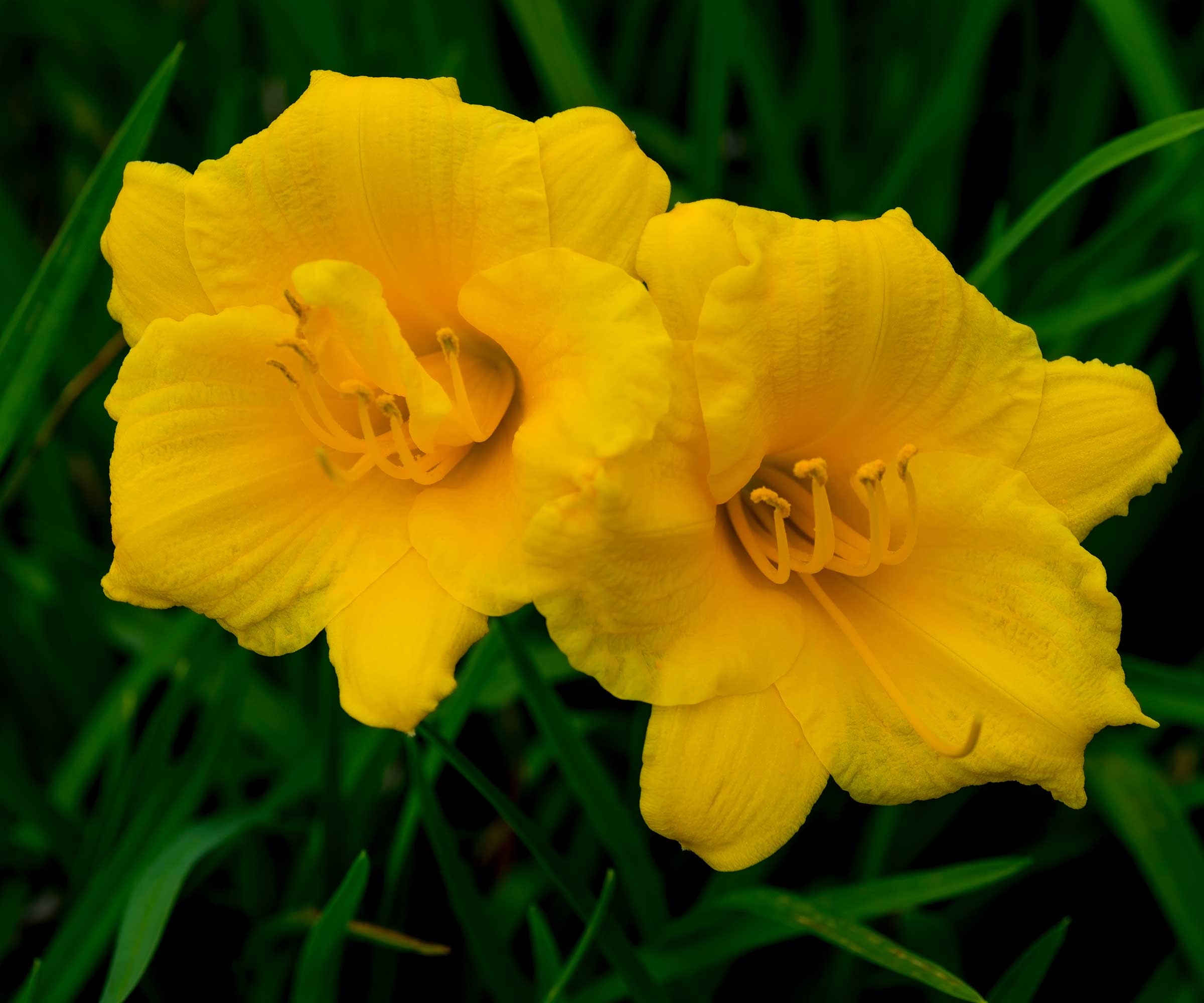
These daylilies will bring a splash of color to your yard
How to grow Stella d'Oro daylily plants
Stella d'Oro daylilies are best planted in hardiness zones 3-9. Like when caring for any plant, watering properly, planting them in a suitable type of soil, and knowing when and how to cut them back are all key for helping them thrive.
Growing habits for Stella d'Oro daylily plants
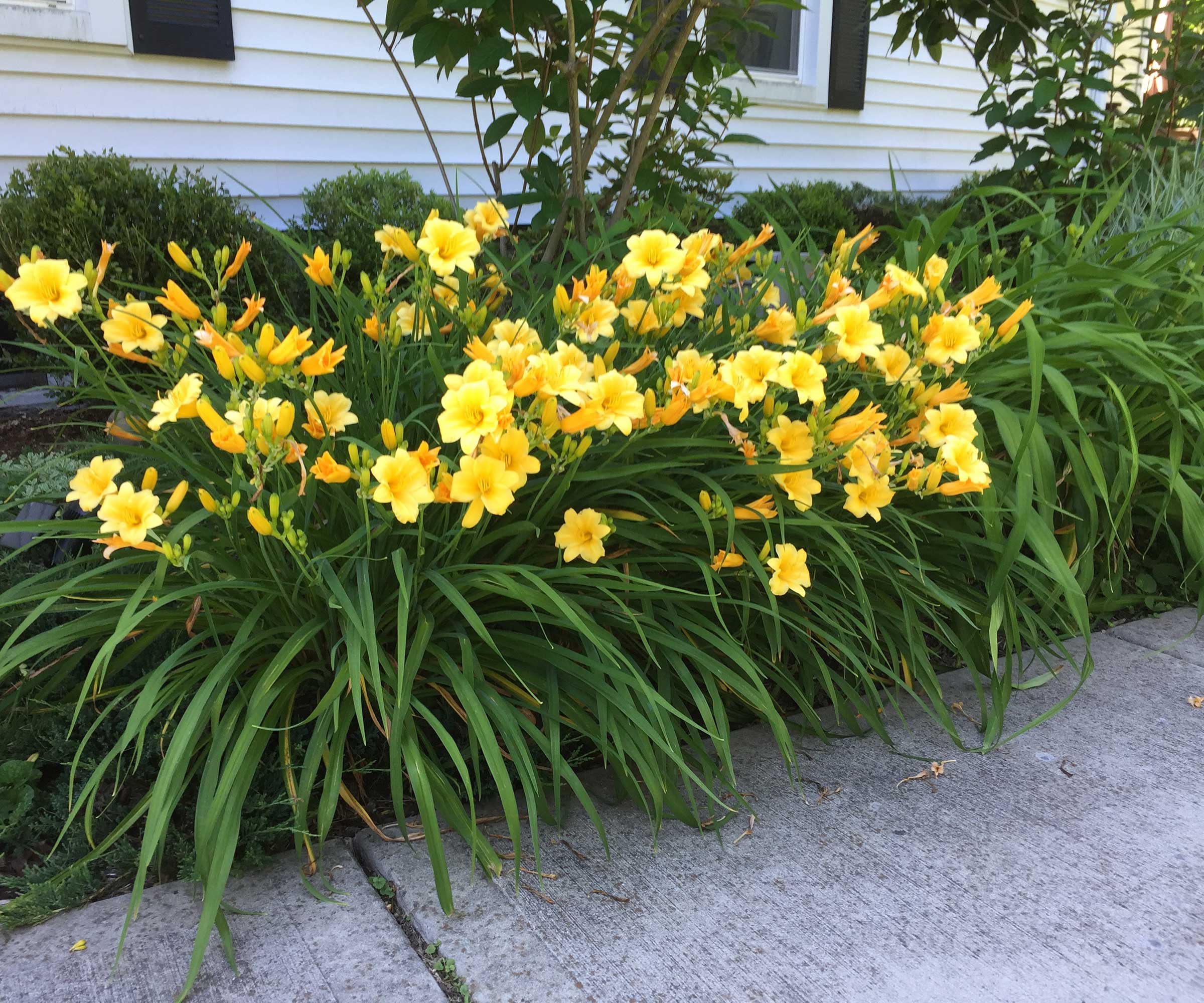
Try planting these perennials along pathways
Stella d'Oro daylilies are deciduous perennials, with long, thin leaves. You can divide these plants every few years to keep them healthy and enjoy 'new' plants for free.
It's easy to assume Stella d'Oro are summer bulbs, just like other lilies. However, they are in the Hemerocallis genus rather than Lilium, and have thick roots instead of bulbs.
While you can buy Stella d'Oro daylilies as potted plants, some nurseries offer them in bare-root form. For instance, you can shop a pack of three bare-root Stella d'Oro daylilies from Burpee, or potted plants from Nature Hills. Either way, be sure to water them in thoroughly after planting.
Growing guide for Stella d'Oro daylily plants
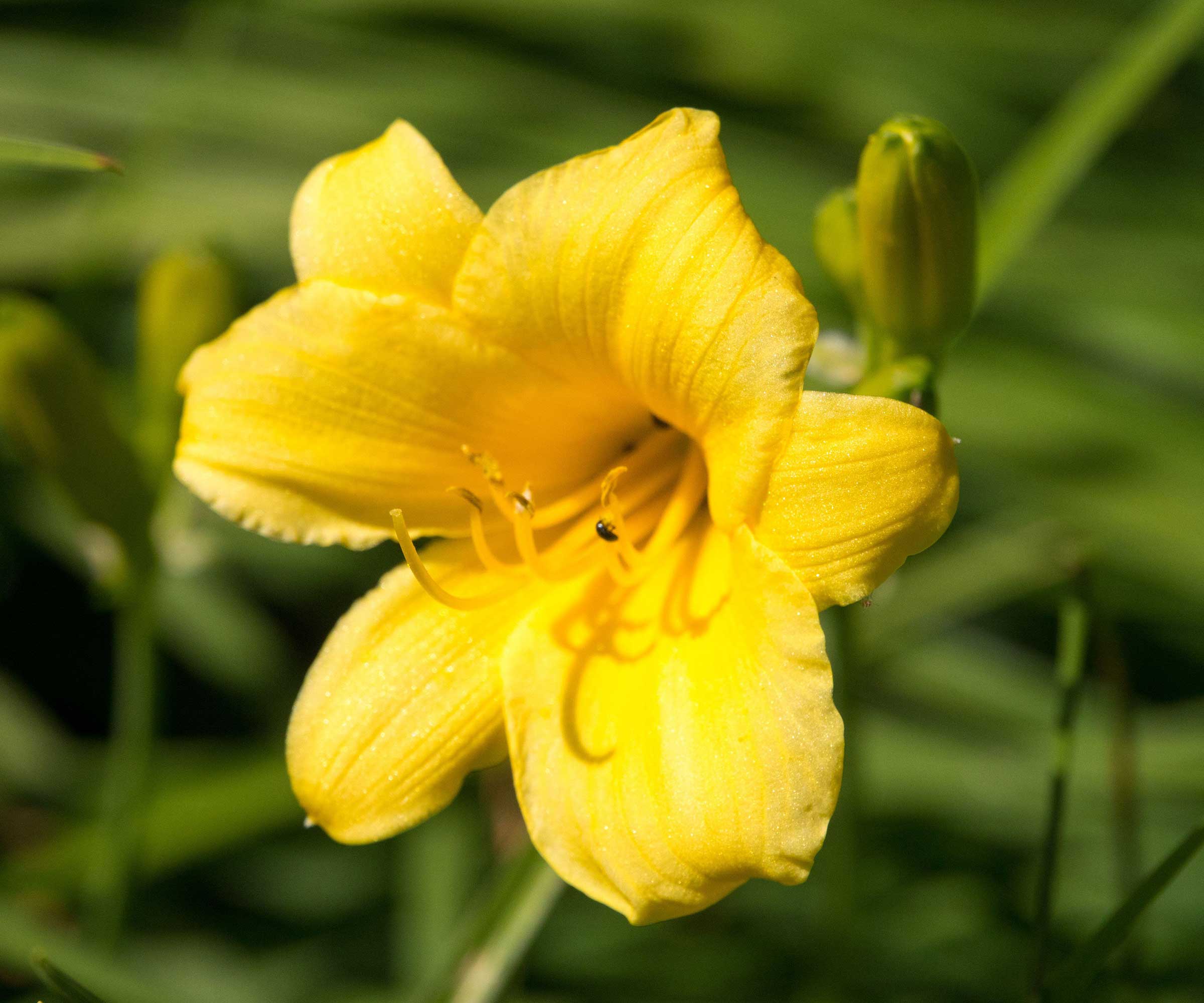
With the right care, these plants will bloom year after year
Soil: According to Alexander Betz of Plant by Number, Stella d’Oro daylilies suit a well-draining soil with a slightly acidic to neutral pH (6.0 to 7.0). 'They are adaptable but do best in fertile, loamy soil,' he says. Kiersten Rankel of plant-care app Greg adds, 'If your soil is heavy or clay-like, consider amending it with compost or sand to improve drainage.'
Light: Full sun is best for blooms, highlights Alexander, however he notes that the plants will also tolerate partial shade. Anna Ohler, owner of Bright Lane Gardens nursery, adds, 'If you're in a region with very hot summers, consider planting them in a spot where they’ll get some afternoon shade (under the canopy of a small tree is a popular place to plant daylilies). This helps prevent the plants from becoming stressed or their foliage from scorching in extreme heat.'
Watering: Kiersten says Stella d’Oro daylilies prefer consistent moisture but don’t like to sit in soggy soil. 'Water them about once a week, giving them a deep soak to keep the roots hydrated,' she advises. 'During hot or dry periods, you may need to water more frequently. Once established, these plants are relatively drought-tolerant but still appreciate regular watering for optimal blooming.' Anna recommends using drip irrigation if possible, or watering from the base of the plant to prevent mold or mildew growth on the foliage.
Fertilizing: 'Fertilizing Stella d’Oro daylilies helps keep them vigorous and blooming throughout the season,' says Kiersten. 'Apply a balanced, slow-release fertilizer in early spring as new growth begins. You can also use a water-soluble fertilizer every four to six weeks during the growing season. Avoid over-fertilizing, as this can encourage leafy growth at the expense of flowers.'
Pruning: Kiersten recommends deadheading throughout the blooming season to encourage continuous flowering. 'At the end of the growing season, cut back the foliage to about four to six inches above the ground once it starts to yellow and die back naturally. This helps prepare the plant for dormancy and reduces the risk of pests or diseases overwintering in the foliage.'
Toxicity: Daylilies are severely toxic plants for cats. They are generally considered less harmful for dogs, but can still cause stomach upset and other issues if consumed, so it's best to keep pets safely away from them.
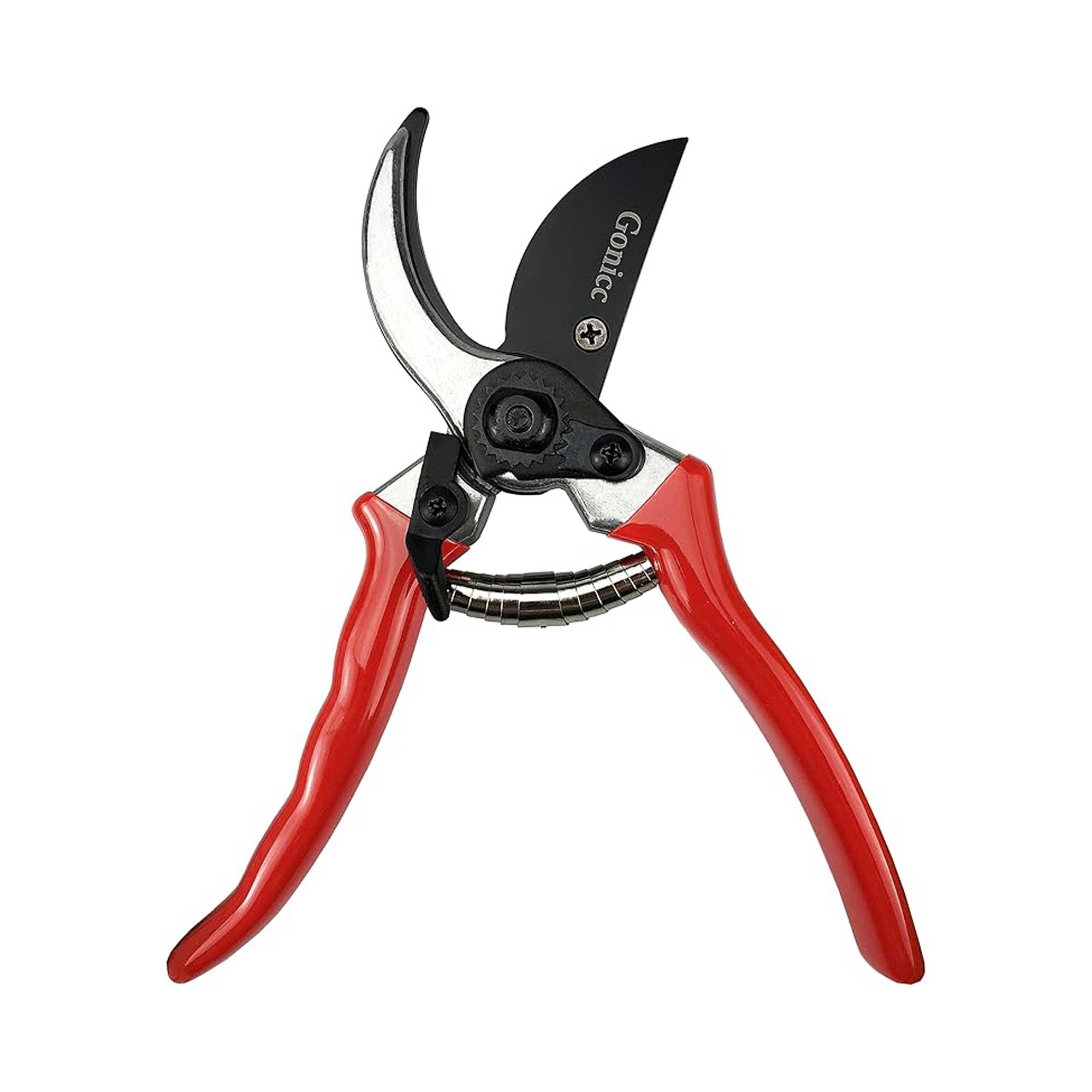
This pair of ergonomically designed pruners are perfect for deadheading spent daylily blooms and cutting back dead foliage in the fall.

Alexander Betz founded Plant By Number to make landscape design more accessible to anyone with a passion for creating beautiful spaces. As a landscaper, Alex recognized the need for a more efficient planting method. Plant By Number uses traditional design files, scales them, and prints them onto landscape fabric, streamlining the process. This innovative approach empowers anyone to achieve a professional layout with ease.

Kiersten Rankel is a certified Louisiana Master Naturalist and regularly volunteers with local community gardens and nonprofits to help restore critical ecosystems along the Gulf Coast. She earned her master's degree from Tulane University in Ecology and Evolutionary Biology after her undergraduate degree in Environmental Biology, also from Tulane. In her spare time, she enjoys hiking and tending to her 150+ houseplants and vegetable garden.
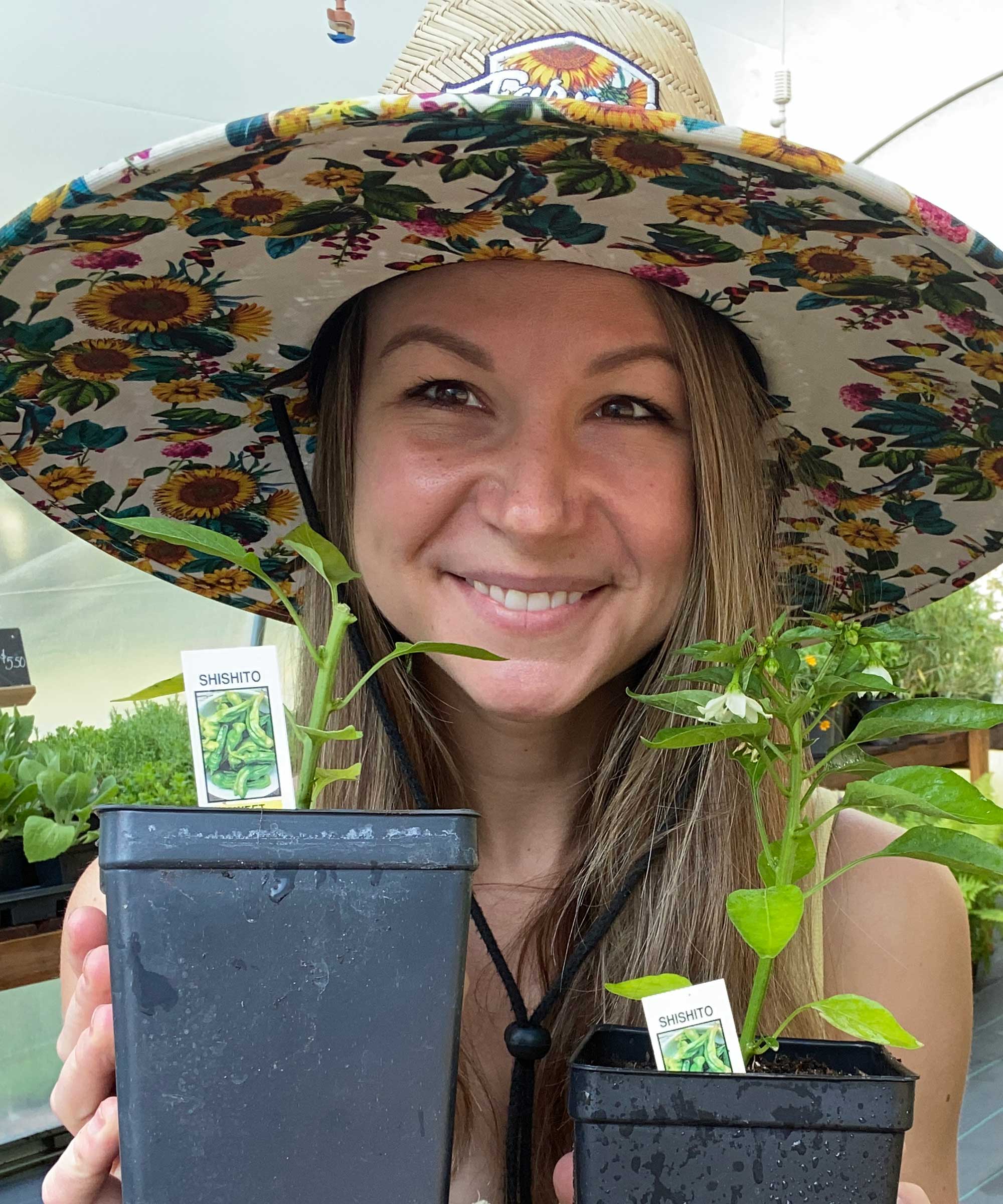
Anna is an avid plant hobbyist and the owner and operator of Bright Lane Gardens, a boutique plant nursery in Northern Michigan. With over a decade of experience in gardening and landscaping, she takes every opportunity to share her knowledge on all things plant-related. She also runs the company's YouTube channel, which is full of practical advice.
FAQs
How should you prepare Stella d'Oro daylily plants for winter?
After trimming back daylilies' dead foliage in the fall, Anna Ohler recommends mulching around the base of Stella d'Oro daylily plants with dead leaves or wood chips to protect roots from freeze-thaw cycles. 'Remove or thin mulch in the spring,' she adds. Moving potted plants into more sheltered places and wrapping containers in frost cloths for particularly chilly nights will provide extra protection if necessary.
Do Stella d'Oro daylilies attract wildlife?
Yes, the beautiful blooms are a perfect plant for a butterfly garden, and will help attract hummingbirds to your yard, too.
If you're looking for more vibrant blooms for your summer garden, our guides on growing rudbeckia and coneflowers are also worth a look.
Sign up to the Homes & Gardens newsletter
Design expertise in your inbox – from inspiring decorating ideas and beautiful celebrity homes to practical gardening advice and shopping round-ups.

Holly started writing about gardening five years ago, and she is a regular contributor to Homes & Gardens. She has also written many gardening features for Woman & Home and Real Homes, too. She has previous experience as a professional gardener, where she helped to plant and maintain private gardens. Holly has also looked after allotment plots over the years and loves to grow her own flowers and veggies from seed. In her spare time, she enjoys visiting local gardens, botanical drawing, and tending to her ever-growing collection of houseplants.
You must confirm your public display name before commenting
Please logout and then login again, you will then be prompted to enter your display name.
-
 I have been looking for a versatile backyard furniture color that will look just as good in summer 2026 – Stanley Tucci proposes gray
I have been looking for a versatile backyard furniture color that will look just as good in summer 2026 – Stanley Tucci proposes grayStanley's gray and wood patio furniture is modern yet natural, making it a timeless color choice for backyard color palettes
By Hannah Ziegler
-
 I only use this one storage solution to stash my out-of-season clothes – it makes moving and tidying oh-so easy
I only use this one storage solution to stash my out-of-season clothes – it makes moving and tidying oh-so easyStorage bags with windows make lesser-used garments a breeze to find
By Eve Smallman